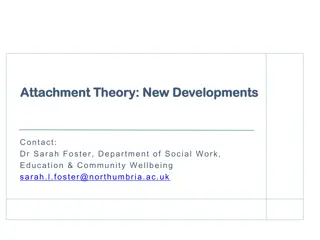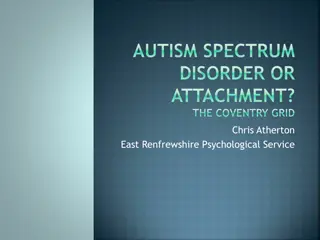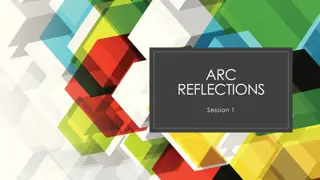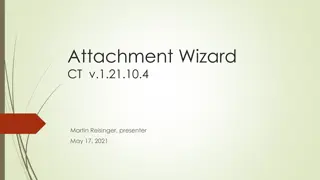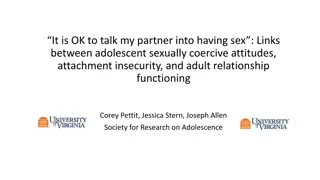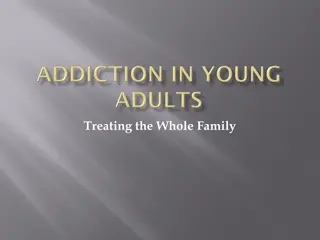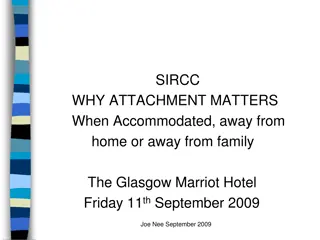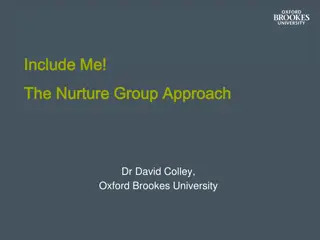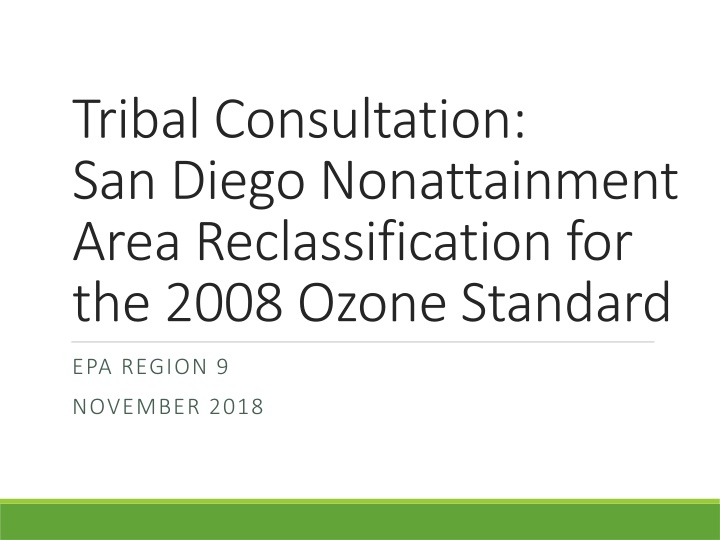
Tribal Consultation and Air Quality Standards in San Diego
Learn about the tribal consultation process for reclassifying the San Diego nonattainment area regarding the 2008 ozone standard. Discover the impact of ozone on health, the importance of National Ambient Air Quality Standards, and the significance of the 2008 Ozone NAAQS revision. Explore how NOx and VOCs contribute to ozone formation and the measures being taken to address air quality concerns in San Diego.
Download Presentation

Please find below an Image/Link to download the presentation.
The content on the website is provided AS IS for your information and personal use only. It may not be sold, licensed, or shared on other websites without obtaining consent from the author. If you encounter any issues during the download, it is possible that the publisher has removed the file from their server.
You are allowed to download the files provided on this website for personal or commercial use, subject to the condition that they are used lawfully. All files are the property of their respective owners.
The content on the website is provided AS IS for your information and personal use only. It may not be sold, licensed, or shared on other websites without obtaining consent from the author.
E N D
Presentation Transcript
Tribal Consultation: San Diego Nonattainment Area Reclassification for the 2008 Ozone Standard EPA REGION 9 NOVEMBER 2018
Agenda Welcome Amy Zimpfer, EPA Region 9 Associate Air Division Director Introductions All Questions or comments on agenda Ewiiaapaayp Band of Kumeyaay Indians Representatives Briefing EPA Region 9 Air Planning Office Background on 2008 National Ambient Air Quality Standard for Ozone Proposed Action to Reclassify San Diego to Serious Nonattainment Next steps and timing Questions, comments, discussion All
Tribal Consultation on Ozone o Tribal Consultation on the ozone standard is being conducted in accordance with the EPA Policy on Consultation and Coordination with Indian Tribes, and the Policy for Establishing Air Quality Designations for Distinct Areas of Indian Country and Recognizing Tribal Jurisdiction. o These policies direct EPA to treat tribes similarly to states for the purposes of designations and encourage education, outreach, and consultation. oEPA considers today s meeting/call to be consultation. 3
Ozone oCreated in the atmosphere when oxides of nitrogen (NOx) and volatile organic compounds (VOC) react in the presence of sunlight. oMajor sources of NOx and VOC in San Diego include automobiles, trucks, construction equipment, boats, and consumer products like paint and personal care products oBreathing ozone can trigger a variety of health problems including chest pain, coughing, throat irritation. It can worsen bronchitis, emphysema, and asthma. oChildren, the elderly, and people with respiratory diseases are especially sensitive to ozone exposure.
National Ambient Air Quality Standards (NAAQS) oThe Clean Air Act (CAA) requires EPA to set National Ambient Air Quality Standards (NAAQS) for pollutants that are harmful to public health and the environment. oThe NAAQS are science-based standards designed to protect public health. oThe CAA requires periodic review of the science upon which the standards are based oThe CAA requires that EPA review the level of the standards every five years to ensure they are set at levels that are sufficiently protective of human health.
2008 Ozone NAAQS oIn 2008, as part of the regular review cycle, EPA revised the ozone standard to a level of 75 ppb. oIn 2012, EPA designated all areas across the country as: Nonattainment an area has monitors that are violating a standard or pollution sources that are contributing to violations in a nearby area; OR Attainment/Unclassifiable an area has clean monitoring data or there is no nearby monitoring data and no pollution sources that could cause a violation in a nearby area. oThe CAA and federal trust responsibility require EPA to designate areas of Indian country with poor air quality as nonattainment to protect public health and the environment.
NAAQS and Tribes oA nonattainment designation does NOT require a tribe to take any action. EPA protects human health and the environment on reservations, but a tribe can become as involved as they want to. A tribe can, but does not have to, work with the state as the state develops a State Implementation Plan (SIP) to improve air quality in the area. A tribe can, but does not have to, develop their own Tribal Implementation Plan (TIP) to improve air quality on the reservation. oSources of air pollution on tribal lands designated as attainment/unclassifiable or nonattainment may need to obtain permits from EPA before they construct or make modifications to their facilities or operations. 7
Nonattainment Area Boundaries & Classifications oAreas must be sufficiently large to include all locations with elevated ozone levels, even if they do not have many pollution sources. oAreas designated nonattainment for the 2008 ozone NAAQS were classified according to the severity of the ozone problem. oMarginal, Moderate, Serious, Severe, Extreme. oAreas with higher classifications have stricter requirements. oAreas with higher classifications have more time to attain the standard.
Proposed Action: Reclassification to Serious o San Diego was initially classified Marginal Nonattainment for the 2008 Ozone NAAQS. oEPA changed San Diego s classification to Moderate on May 4, 2016 when the area did not attain the NAAQS by the deadline of July 20, 2015. San Diego had until July 20, 2018 to attain the NAAQS. oOn November 7, 2018, EPA proposed changing San Diego s classification from Moderate to Serious Nonattainment. oSan Diego did not meet the July 20, 2018 attainment deadline. oSometimes called a bump-up. oSan Diego will have an additional three years to attain the standard. oSan Diego area subject to additional requirements. oEPA is currently accepting comments on the proposal to reclassify San Diego to Serious Nonattainment.
Serious Area Requirements oNew requirements will not affect tribes at this time. oTribes can be involved in San Diego Air Pollution Control District s process to develop a new air quality plan. oPossible future impact: lower threshold for new and major modifications and higher offset requirements for permitted major sources. oMajor source and general conformity threshold lowers from 100 tons per year (tpy) of NOx or VOC to 50 tpy. oIf new major sources of air pollution wish to obtain permits to construct and operate in San Diego County, including on tribal lands, they must offset their emissions with emission reduction credits. oOffset requirements for new permitted sources will increase from 1.15 to 1.2. oEPA issues permits for sources operating on most tribal land.
Timeline and Next Steps 2008 Ozone NAAQS Attainment Reclassification Action Expected Date Tribal Action Public Comment Period on EPA Proposed Reclassification Closes December 14, 2018 Tribes may provide written comments, but are not required to do so Reclassify San Diego to Serious January 2019 None This website has more information about our proposal: https://www.epa.gov/ground-level-ozone-pollution/2008-ozone- national-ambient-air-quality-standards-naaqs-nonattainment
Questions or Comments? oAmy Zimpfer, Associate Air Division Director zimpfer.amy@epa.gov (415) 947-4146 oFor questions on ozone NAAQS: John J. Kelly kelly.johnj@epa.gov (415) 947-4151 oFor general questions on tribal air quality: Lauren Maghran maghran.lauren@epa.gov (415) 947-4170


